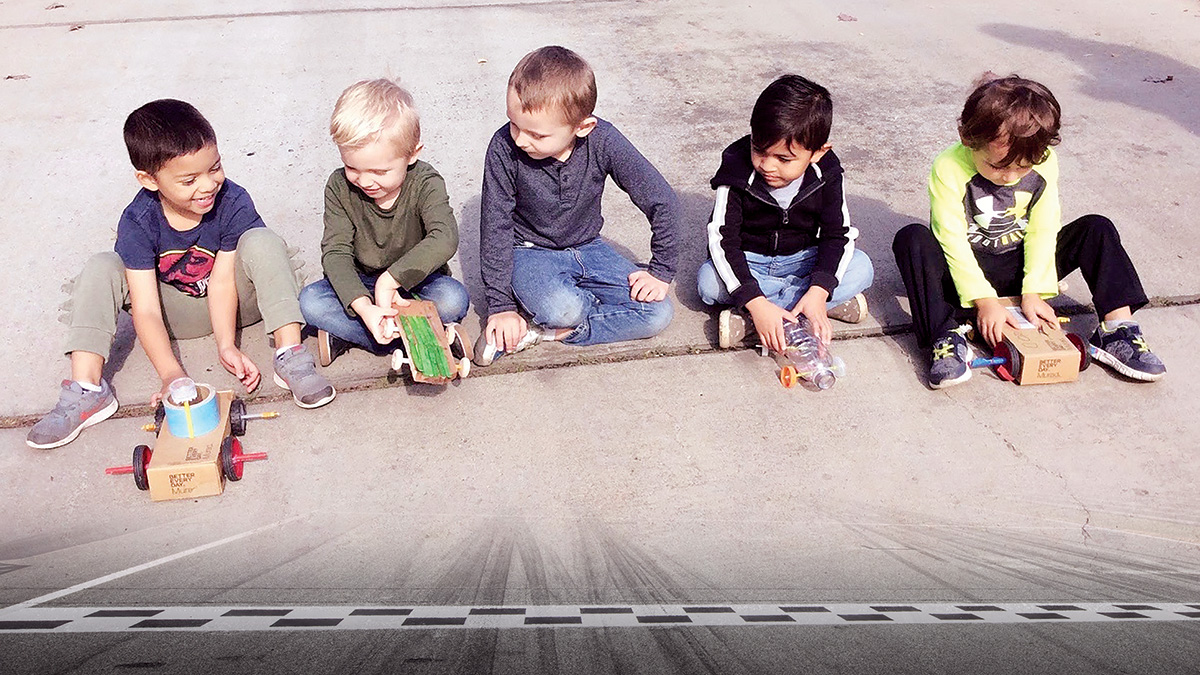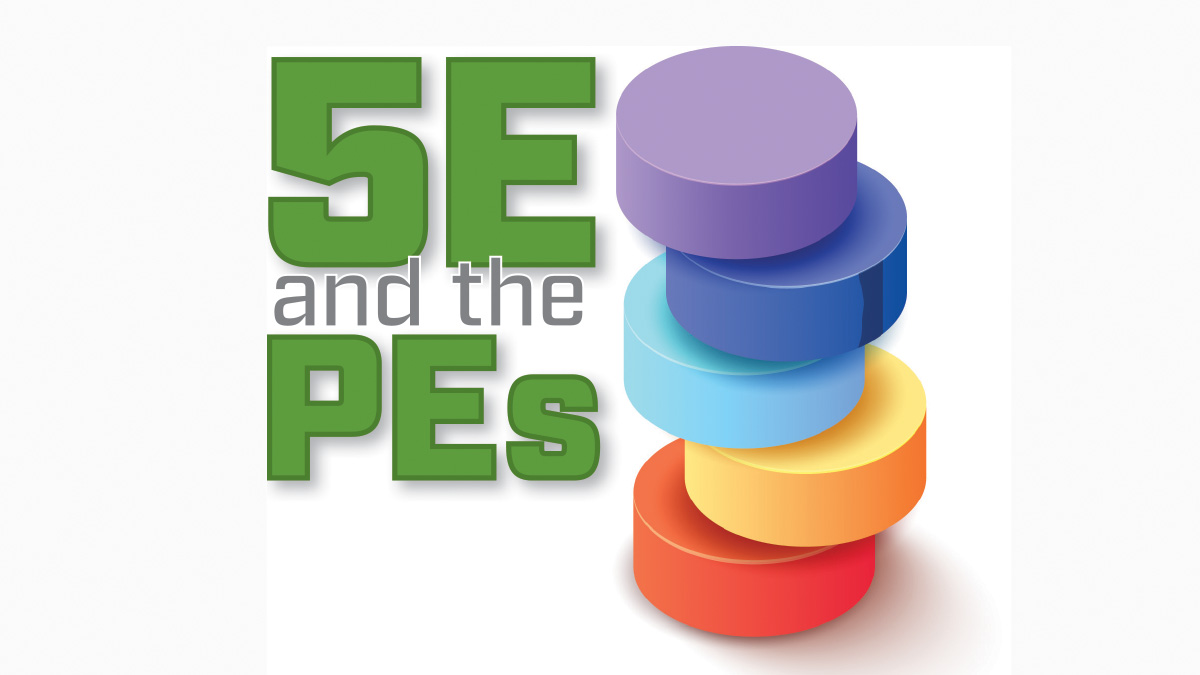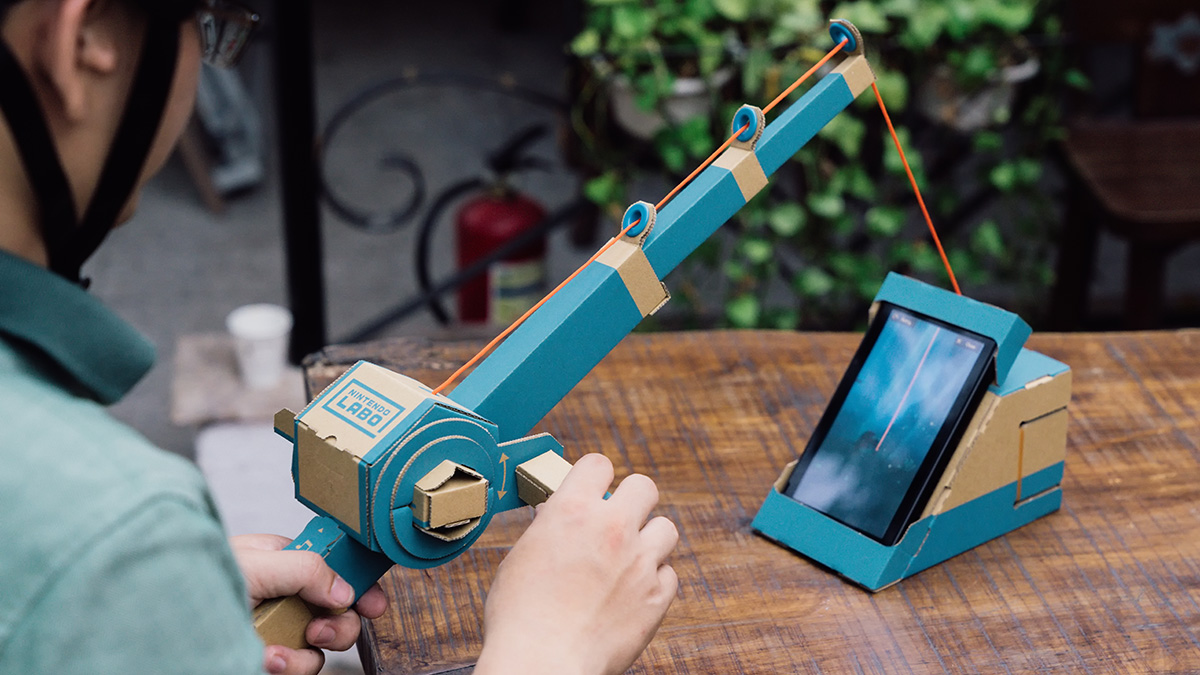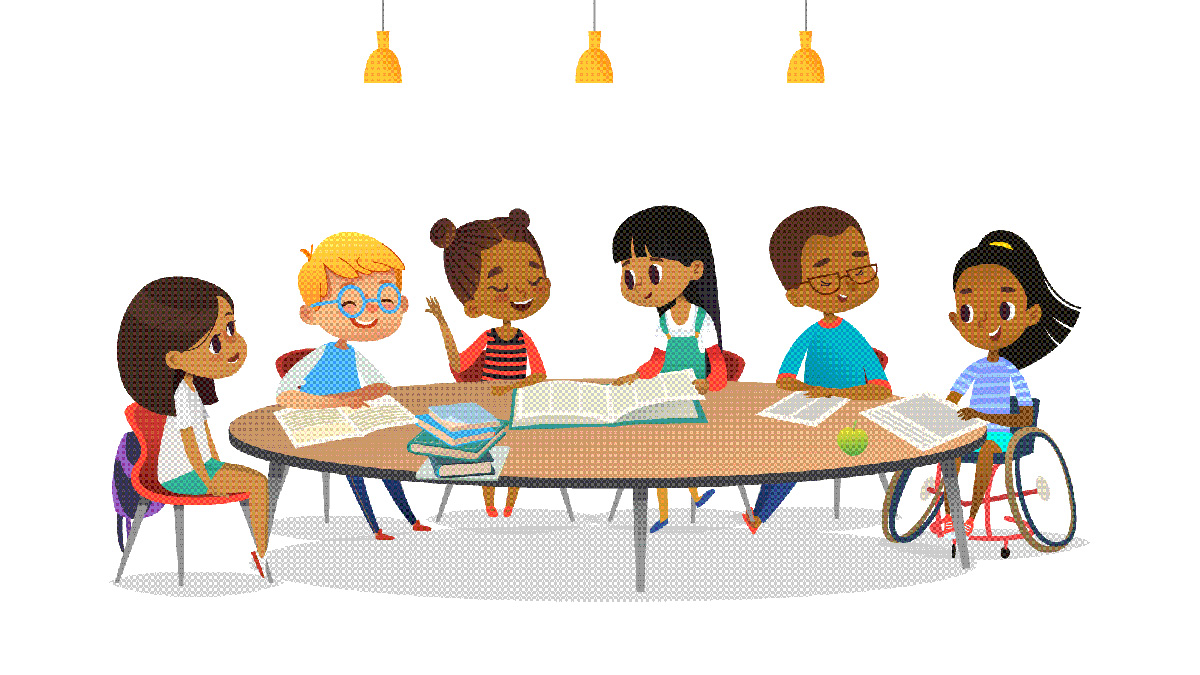feature
Motivating Three-Dimensional Learning From Students’ Questions
Supporting elementary students’ three-dimensional learning about waves with a storyline unit
Science and Children—September/October 2021 (Volume 59, Issue 1)
By Tara A.W. McGill, Gail Housman, and Brian J. Reiser

feature
Let's Give Them Something to Talk About
Designing lessons that cultivate productive discourse for three-dimensional learning in the intermediate science classroom.
feature
Let's Build a Fast Car
Instantiating three-dimensional instruction through a STEAM planning guide
Science and Children—September/October 2021 (Volume 59, Issue 1)
By Pei-Ying Wu, Sharon Arias, and Jacqueline Hernandez

feature
5E and the PEs
The popular instructional model can help meet multiple performance expectations.
Science and Children—September/October 2021 (Volume 59, Issue 1)
By William Thornburgh, Justin McFadden, and Brian Robinson

feature
Turning on the Three-Dimensional Switch
Using gaming technology to expand children’s science thinking
Science and Children—September/October 2021 (Volume 59, Issue 1)
By Zach Hurdle, Angela Stanford, Katy Nix, and Nick Perry

feature
Mesozoic Measurement
Three-dimensional learning for young students
Science and Children—September/October 2021 (Volume 59, Issue 1)
By Laura B. Schneider and Angelique Kelly

The poetry of science
Poetry in Three Dimensions
Science and Children—September/October 2021 (Volume 59, Issue 1)
By Sylvia Vardell and Janet Wong
teaching through trade books
Rubber Ducky Helps With Science
Tech Talk
Tech-Rich Approaches to Three-Dimensional Teaching
Guest Editorial




